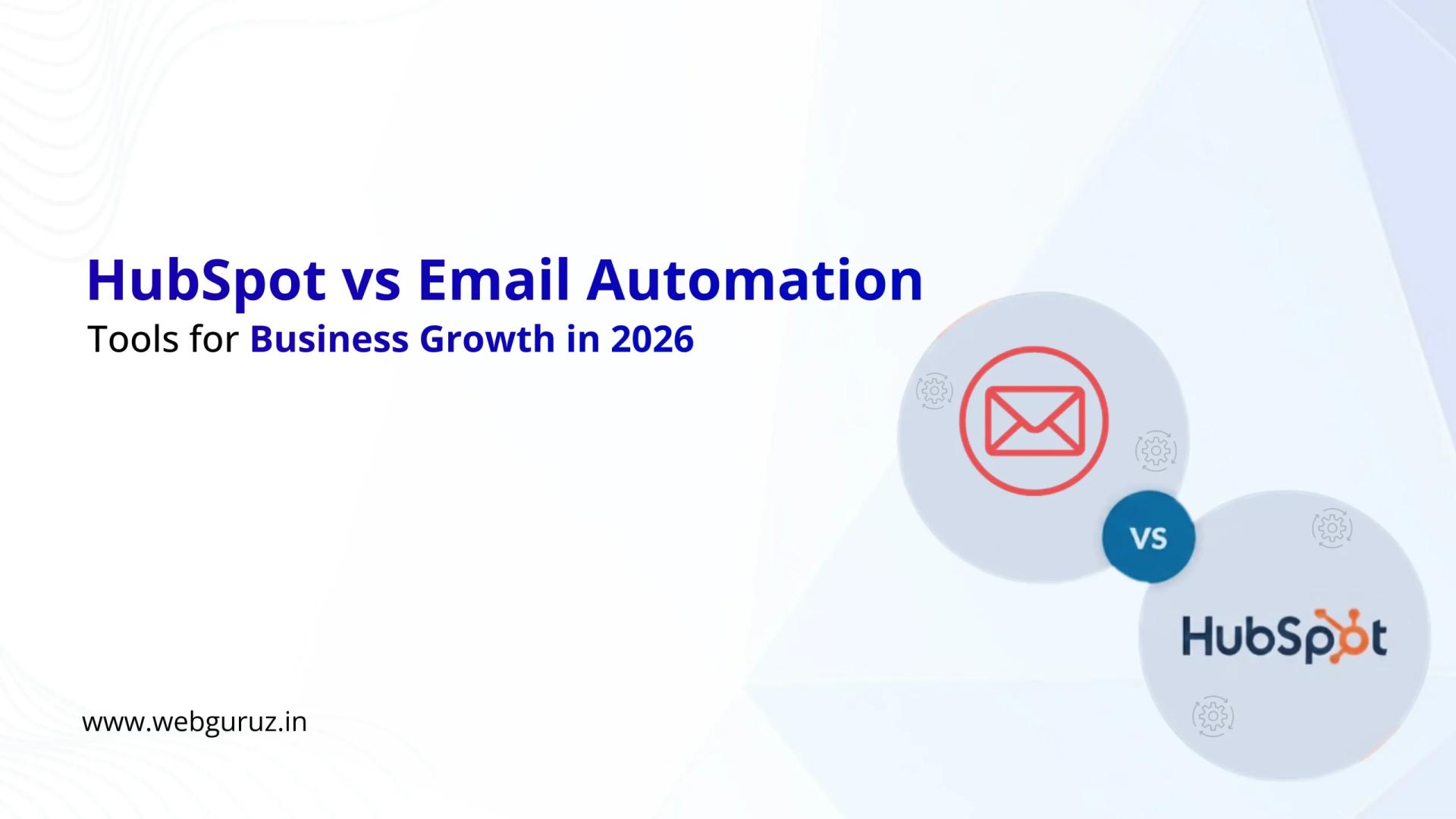Now that we know the benefits of using HubSpot to create chatbots, let’s discuss the steps you need to take to build your own chatbot.
The very first thing is to create a chatflow to connect with your visitors. Once ready, the chatbot will show up as a chat widget on your website for your visitors to initiate a conversation. However, before you get started, don’t forget to connect a chat channel to the conversations inbox. A chat channel will let you customize your team’s availability and the appearance of the widget.
Hubspot offers five different bot templates that you can use. You can customize bot actions and add more if/then branches to set the flow of the conversation. Here are some steps to follow:
- Log in to your account and go to Conversations. Click Chatflows.
- From the upper right corner, select Create Chatflow.
- Find and click on Website.
- From the sidebar on the left, click on your preferred bot template under the Build a Bot section.
- Concierge Bot
- Qualify Leads Bot
- Meetings Bot
- Tickets Bot
- Knowledge Base and Support Bot
- Offline Bot
- Start From Scratch
- Click on Next.
- Customize the inbox and language settings on the left:
- For multiple inboxes in your account, click on the Inbox dropdown menu and select the Inbox to connect the chatflow to.
- Change the ChatFlow Language using the Language dropdown menu.
- For Concierge Bots, click on the Meetings Link dropdown menu to select the meeting link that will be shared with visitors.
- For Knowledge Base and Live Support Bots, click on the Select Inbox Users dropdown menu to control the users who will receive incoming messages.
Creating a Welcome Message and Adding Bot Actions
Create a welcome message to greet your visitors.
- Click on the Welcome message in the bot template.
- Type in the message in the box and click Save.
Add Bot actions
- Add a new action or question using the + icon.
- Select an action from the panel on the right.
- Edit the action’s details in the right panel.
- Click on Save.
If you are looking to edit the settings for an existing action, click the action in Bot Editor and make the edits in the right panel.
If you are using the Professional or Enterprise version, you can customize the conversation flow using if/then branches.
- Select an action and click on the if/then branches tab.
If you have Account Access permissions, you can route bot conversation to a specific member of a team.
- Click + and select Send to a team member from the right panel.
If you want to reconnect any actions that were disconnected during editing the chatflow, click on Alerts from the top left to reconnect. Also, you can search for disconnected actions using the Go to action search bar in the top right.
After Bot Actions are added, you’ll be able to see all of them in the bot’s path as a single view. Use the Go to Action search bar from the upper left to view and make changes to the logic, edit individual action settings, and search for a particular action.
- Click Preview from the top right to see how the chatbot will look on the website.
- Click on Save.
Target
You can decide when the chatbot appears on your website using the Target tab.
If you wish to show the chatbot when visitors click on a specific website URL, head to the Website URL section:
- Click on the first dropdown menu and select Website URL.
- Click the second dropdown menu and select a Targeting Rule.
- Enter the rule criteria in the text field.
If you want to show the chatbot when a visitor is on a website page with specific query parameters in the URL:
- Click on the first dropdown menu and select Query Parameter.
- Enter the Query Parameter Name in the first text field.
- Click on the dropdown and select a Targeting Rule.
- In the second text field, enter the Query Parameter Value.
- Click on Add rule to add another rule.
- You can also add exclusion rules using the Add Exclusion Rule button to exclude the chatbot from certain pages.
Target your chatbot to specific contacts based on pre-recorded information. You can use the Visitor Information section to set the criteria.
- Click on the first dropdown menu and select a filter. Use filters that target known contacts or unknown visitors.
- Click on the second dropdown menu and select your criteria.
- Click on Add rule to add another rule.
- You can also add exclusion rules using the Add Exclusion Rule button to exclude the pop-up from certain pages.
- You can also create another filter group using additional targeting rules. Click on Add Filter Group to do so.
- Click on Save.
You can now click on the Display tab to customize the chatbot’s appearance. Once done, you can customize additional options like custom error messaging, display language, and availability for your chatbot. When you are done editing the bot, you can review the bot setup and finally add it to your website.











